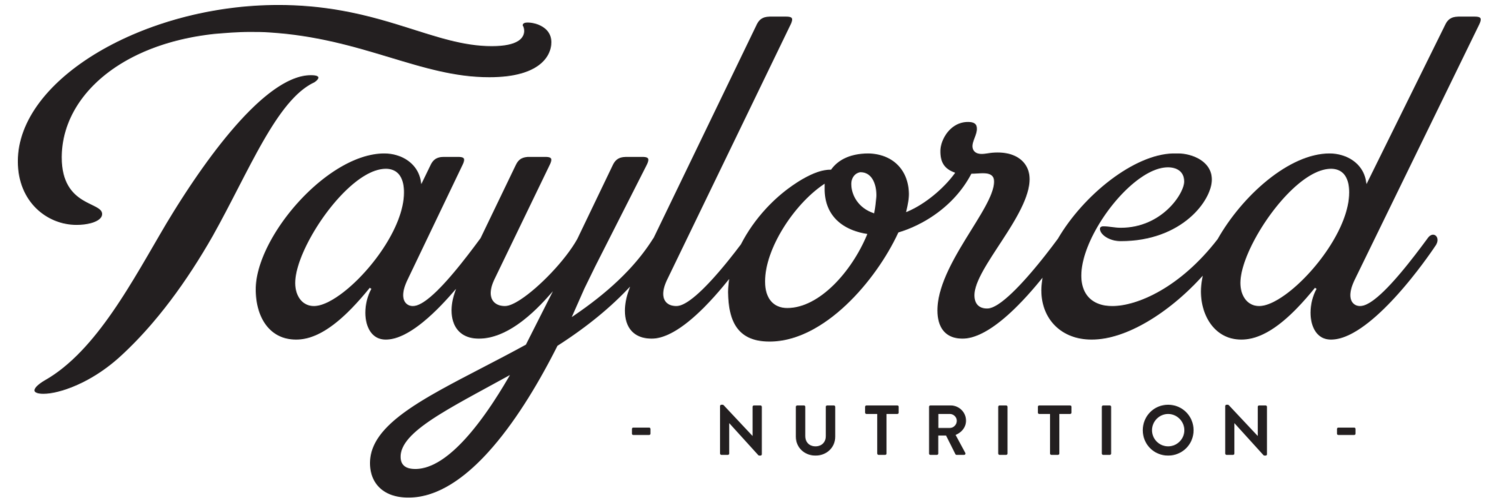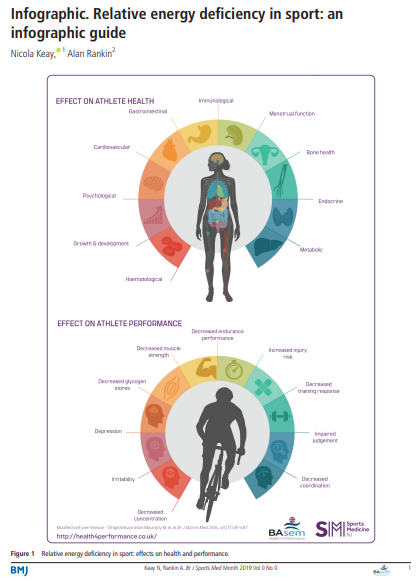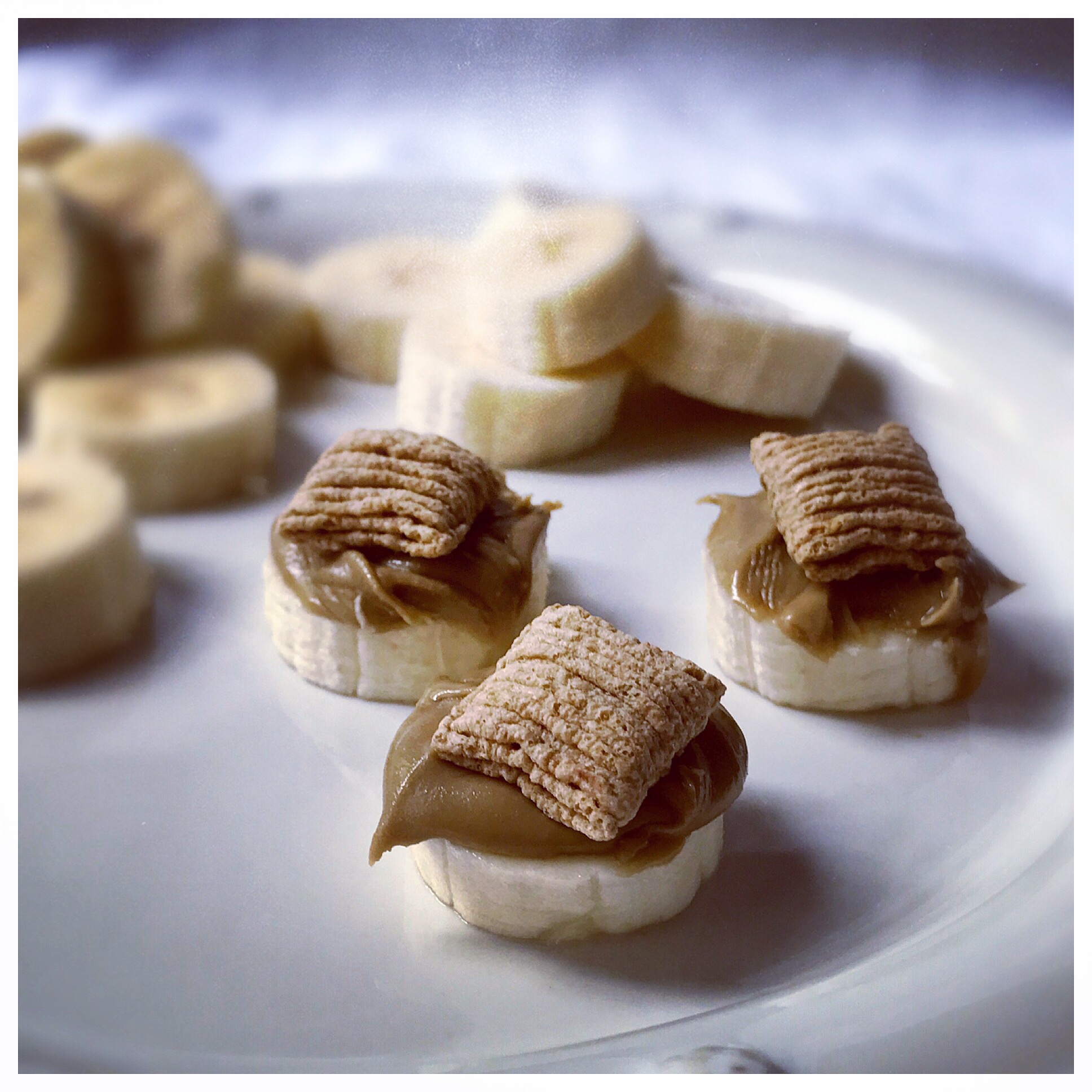Hi there! Welcome to the blog where I do my very best to support young athletes and help them fuel when fueling feels hard.
Recently I had someone tell me that their athlete is struggling with always feeling hungry. I heard that and thought, “How have I not done a blog on this yet?!” If your athlete complains of always feeling hungry and you feel like you just can’t keep enough food in the house, you are absolutely not alone! I hear this often from the teen athletes that I work with. It is an uncomfortable feeling to never feel full or to feel satisfied from a meal for only about 1 hour and then feel ravenous again. I see this happen so frequently in growing high performing athletes with their multiple practices a day and long school schedules. If this is something your athlete struggles with, then today’s post is for you. I want to give you a few nutrition takeaways that your hungry athlete can start implementing this week to help them feel more satisfied.
3 Initial Nutrition Strategies to Help Your Hungry Athlete Feel Full:
No skipping meals
I would think this is a given, but you never know. And I know from years of experience that adolescent athletes can be regular meal skippers. Your athlete needs at least 3 meals a day, minimum, and if he/she is super hungry all the time, I would throw in a 4th meal, especially if it’s a season of higher training volume or intensity.
Consistent snacks
Is your athlete including at least 3 snacks? Most of my athletes struggling with persistent hunger get more than 3 snacks a day. If your athlete gets 3 meals a day already, how could they start getting in 4 or 5 snacks / day?
Create variety on the plate
What are the athlete’s meals and snacks made of? I think we often immediately think “protein, protein, protein” in the sports world. BUT we cannot forget those other macros. Carbs and fat are really big energy sources for the athlete’s brain and muscles. They also slow digestion.
Have your athlete take a look at their plate. What is the plate made of?
It needs to have a balance of foods that provide protein, carbs and fat.
Example: if your athlete’s go-to snack is a bagel, great! That is a great source of carbohydrates but, while carbs are fantastic energy sources, they get utilized by the body pretty quickly. So, let’s add some fat and protein by topping that bagel with a couple of tablespoons of peanut butter and maybe they need a glass of milk or a yogurt to go with it for a protein and carbohydrate boost (not to mention calcium for the growing bones)!
Example: Or, maybe your athlete is drinking a protein shake for a snack. While these do contain a lot of protein, they are typically very low in carbohydrates, calories and fat. What if you blended that protein drink into your own shake with banana and peanut butter for added carbs and fat?
Now, of course you have to take into account the athlete’s school and training schedule. If they can’t eat that many snacks, then we adjust accordingly. And if it’s a snack right before practice, we may need to leave that snack alone and really focus on ramping up the others.
But, these are a few “getting started” techniques to help your athlete feel more satisfied with meals and snacks and less hungry so he / she can focus on the other aspects of the day.
If your athlete needs more help implementing a nutrition strategy that fills them up and fuels the sport I have a few resource that might interest you!
You can download my FREE Getting Started Guide to a Well Fueled Young Athlete
OR, I’m running a VIRTUAL LIVE SPORTS NUTRITION PROGRAM FOR THE YOUNG ATHLETE this summer! It’s perfect for the young athlete wanting to learn the sports nutrition fundamentals so they can feel confident building meals and snacks and a fueling plan to meet their goals on their own. If you’re interested in learning more about this program opportunity, I encourage you to sign up for the WAITLIST! You’ll get a few more emails directly from me with more program details and some special bonus offers should you decide to enroll. You can sign up HERE!
Much love and a well-fueled young athlete,
Taylor
Ps. You can also book a call to chat with me about working together any time. I would LOVE to speak with you!
Overnight oats are an excellent quick & easy way to pack in multiple food groups, extra energy and nutrition & lots of flavor! Can enjoy as a meal or a snack. This recipe is a favorite.


















